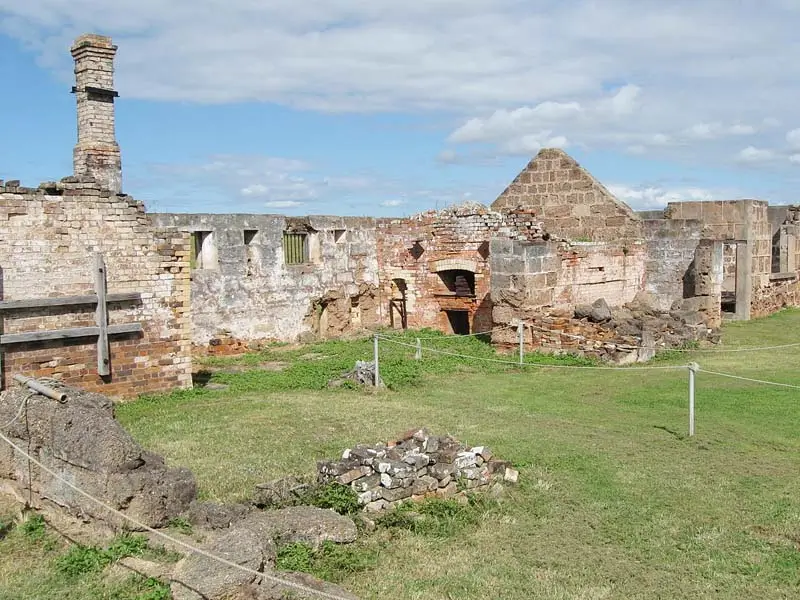Wave garland of greenery in the middle of the great blue canvas of the Atlantic Ocean, Saint Helena is one of the truly isolated lands of our planet. But for intrepid travelers, that’s part of its quirky charm. Napoleon Bonaparte spent his last days in forced exile here, unlike modern-day travelers, who deliberately wreck here to take advantage of the wild hiking trails, welcoming locals and exceptional wildlife.
How to get there
There are currently only three ways to reach St Helena, all by sea: aboard the Royal Mail Ship (RMS) St Helena, as part of an organized cruise, or aboard a ship. private. However, in early 2016, the island’s new airport is expected to start welcoming flights from Johannesburg. With the arrival of air transport, the end of RMS St Helena’s service is scheduled for July 2016. You can get accommodation on St Helena for some days on rent as well.
How to get around
There is a recent public bus service on Saint Helena, but it is primarily intended for locals and remains limited. Rental cars are available at the St Helena Tourist Information Center and Andrew Weir Shipping offices in London and Cape Town (book well in advance as the number of vehicles available on the island is limited).

Saint Helena: Climate
The island of Saint Helena enjoys a subtropical climate. From December to May, it is hot and humid. From June to November, the weather is cold and rainy.
Visa
Visa is not required to travel to St Helena, but all visitors must pay an immigration head tax of £ 17 (children under 12 are exempt).
Electricity
The current supplied is 240 V (50 Hz). Electrical outlets are standard UK plugs.
Silver
The currency is the St. Helena pound (£), fixed at par with the British pound sterling. Sterling banknotes and coins are accepted on the island, as are Scottish banknotes (Scottish coins are not).
The Bank of St Helena changes banknotes into British pounds sterling, US dollars, euros, and South African rand. It also accepts traveler’s checks and cash advances on major bank cards. There is currently no ATM on the island.
Tip
It is customary to leave a tip of around 10%.
Business hours
Businesses are generally open Monday to Friday, 8:30 a.m. to 4 p.m. Most shops, however, open at 9 a.m. Monday through Saturday and close at 5 p.m. (1 p.m. Wednesday and Saturday). Some stores stay open late at night on Fridays and reopen on Saturdays between 6.30 p.m. and 8.30 p.m. Most pubs are open from 11 a.m. to 11 p.m. Monday to Saturday (some open on Sunday).
Phone
Phone cards are available in various stores. Sure is the island operator. Several telephone booths line Jamestown and the various districts (PVC calls to the United Kingdom are possible). The reception of mobile networks remains illusory.
Jet lag
GMT all year round.
As the plane descends, when the clouds finally dissipate over the South Atlantic, a gray pebble stands out against the intense blue of the ocean. A shiver runs through the cabin. Only a handful of pilots are authorized to land on the airport on the island of Saint Helena, at the top of a promontory in the east of the island, swept by contrary winds. A “category C” approach, the most perilous according to aeronautical jargon. The very short airstrip ends with an impressive sheer drop above the ocean.
The wheels touch the tarmac smoothly. The Embraer 190 of the South African company Airlink came to a stop. You think you have landed in a rocky and inhospitable hell, but upon arrival, a cheerful crowd waves their hands in welcome from the panoramic bay window of the small, brand new terminal. There is life on this island.
The airport reconnects this territory to the outside world
After five centuries of exclusively maritime connections with the continent (the boat crossing from Cape Town, South Africa, lasted at least five days), Saint Helena has been won by air since 2017, in six hours from Johannesburg, with supplies in Namibia.
Fascinating microcosm linked to England by an invisible thread, these 122 square kilometers (the equivalent of Jersey), emerged in the middle of the South Atlantic, 2,000 kilometers from the coasts of Angola and 4,000 kilometers from those of Brazil, constitute a British overseas territory, along with Ascension Island, a thousand kilometers to the north, and the Tristan da Cunha archipelago, 2,400 kilometers to the south. Convicts, seafarers, soldiers, slaves, or adventurers: the ancestors of the citizens of Saint Helena came from everywhere. Exiles mostly British, but also Indians, Chinese, Africans …
In this melting pot which speaks British English with trailing vowels, allegiance to the British Crown is combined with the pride of being above all Saints, the nickname of the 4,500 inhabitants. In this island village, everyone knows each other. The visitor, instantly spotted, is greeted with the respect of an exceptional guest – after all, he can only come from very far away. “Saint Helena is a paradox,” underlines Basil George, the local historian of reference. It is both one of the most isolated territories in the world and an island that has long been at the heart of international trade. Today, the airport can bring this territory into a new era and reconnect it to the outside world. “



